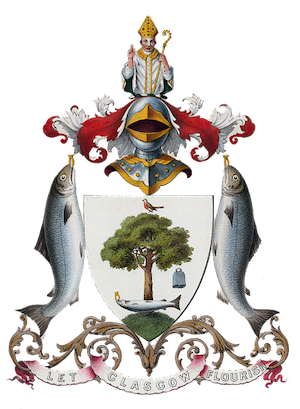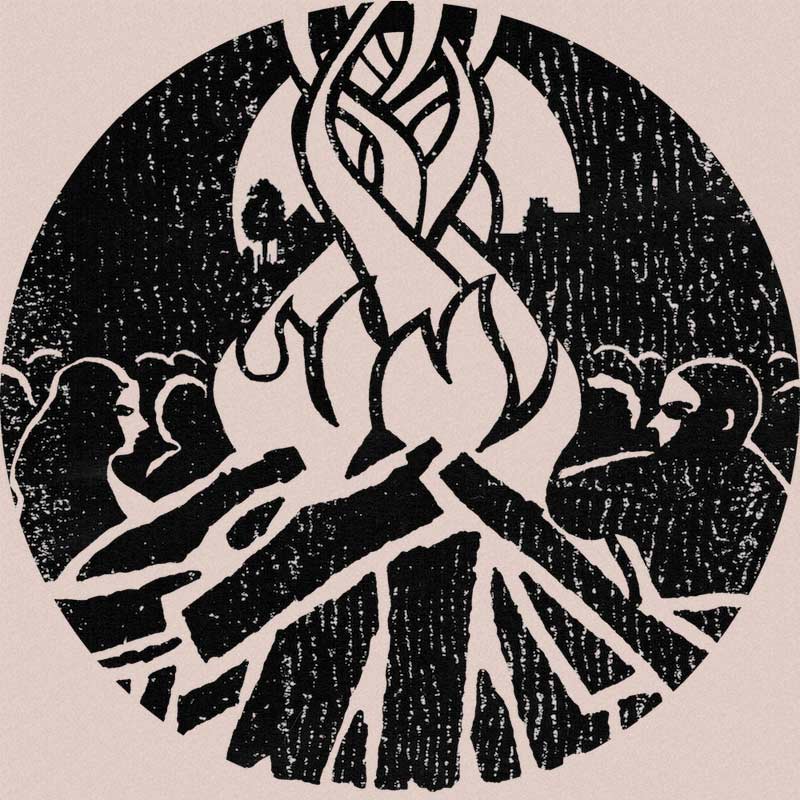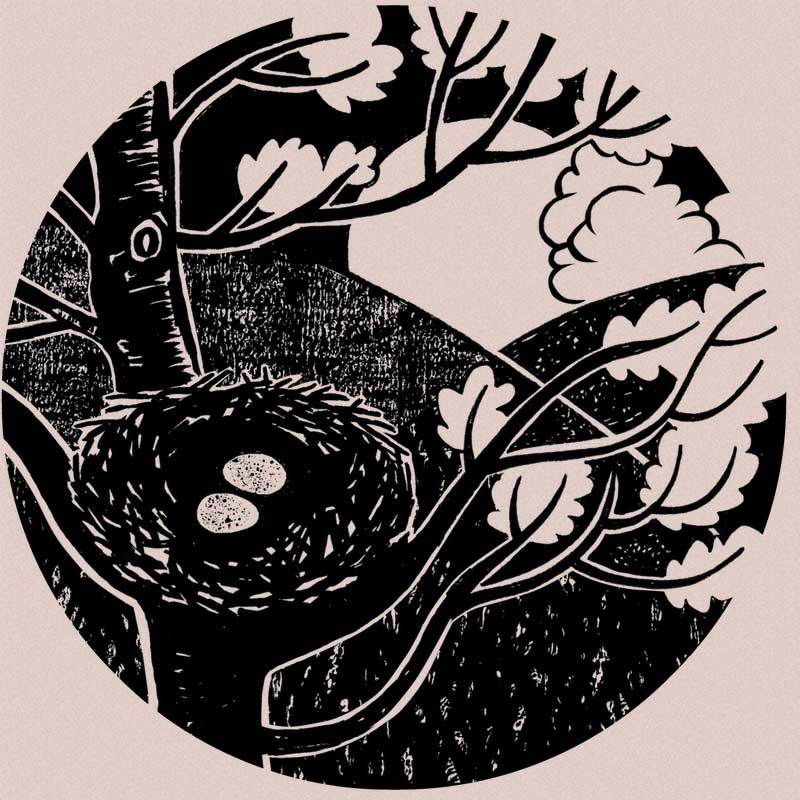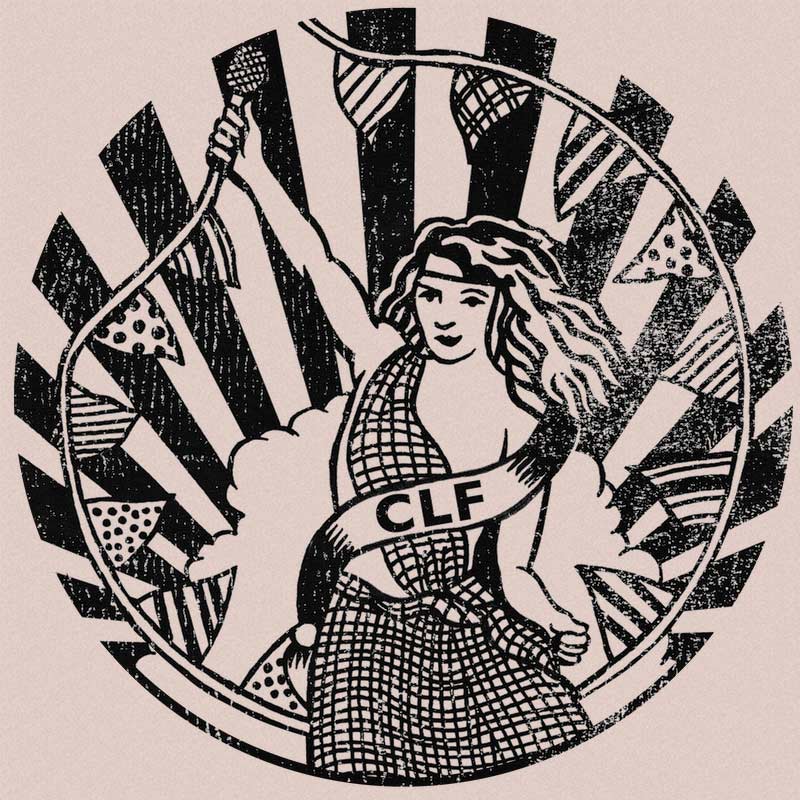13 October, 2021
With our Song for the Salmon Pilgrimage coming up in June 2022, we’ve been delving into the deep folklore around the mysterious and mighty salmon…
Salmon are aquatic wanderers, adventurers into the unknown who are born in freshwater rivers, migrate to saltwater to spend their life in the ocean, and then return many years later to the same freshwater spot of their birth for spawning – even if this journey takes them across long distances of watery terrain, and swimming upstream. The ability to survive and thrive in such a range of salinity makes them a rare breed of fish – few others could withstand the same kind of changes.
The pathos of the salmon’s journey to spawn is the fact that they give their life in the process, sacrificing themselves for the next generation. This arc of their life, and the seemingly tragic irony of returning to their birthplace to procreate and die, is a perfect emblem of cycles, of regeneration, and of the symbolic dance between birth, life and death. Etymologically, the word ‘salmon’ comes from the Latin ‘salire’, meaning ‘to leap’. This refers to the physical exertion required to swim upstream in order to return to their birthplace, where the only way to conquer the current is to leap out of the water to make gains. However, there is something folkloric about this phrase also referencing the leap of faith that these fish must take, to use every ounce of strength they possess on such an arduous journey.
In folklore, the salmon has often been associated with wisdom and adaptability, and appears in tales from cultures and traditions across the globe. Here are a few we’ve collected for you:
SCOTLAND
The Queen of Cadzow once gave her lover the ring that had been given to her by her husband, the King, before they had been wed. One day the King and the Queen’s lover were on a hunting trip, and the King spied the ring on the other man’s finger. While he slept, the King removed it and threw it into the river, returning to his wife and demanding she show it to him for inspection. When she couldn’t produce it, he threw her in prison, promising to release her only if she could show him the ring. Desperate, the Queen prayed to St Kentigern for help, who subsequently called upon one of his monks to go to the river and catch a salmon. On bringing the salmon up to the castle, its belly was slit and inside it lay the ring.
As St Kentigern is the patron saint of Glasgow, there is a salmon in the city’s coat of arms.

IRELAND
In one Irish myth, the salmon of knowledge swam in the mystical Well of Selgais, a supernatural well surrounded by nine hazel trees, whose nuts fell into the water and were eaten by this salmon. A prophecy claimed that whoever was the first to catch and eat the salmon would gain all the knowledge in the world, and be the wisest person on earth. A poet who lived near the well, Finegas, had spent many days fishing for the salmon in an attempt to catch it, and one day miraculously succeeded. However, as he was tired from all the exertion, asked his apprentice Fionn to cook the fish for him, warning him not to eat even the tiniest morsel. While roasting the fish over a fire, Fionn burnt his thumb while turning it, and reflexively put it in his mouth to soothe the pain. As his skin had touched the salmon, the knowledge was bestowed to Fionn instead, who from that point on could gain knowledge of the future by chewing on his thumb.

‘The Salmon of Wisdom’ © Judith Shaw
WALES
One of the earliest Arthurian legend tells of Culhwch and Olwen, written around the 11th century, making it one of Wales’ earliest extant prose texts. Culhwch is given a series of near-impossible tasks by Olwen’s father, to test his love and win her hand. One of these tests, is to free Mabon, a divine sun-god-like child who has been imprisoned. Culhwch enlists the help of his cousin Arthur, and together they ask a series of wise beasts if they know Mabon’s whereabouts. When none of them have answers, they are directed to the oldest and wisest beast of all, the Salmon of Llyn Llyw. The salmon not only tells them where Mabon is being held, but also gives them a ride on his back, aiding them in releasing the captive and succeeding in their mission.
SCANDINAVIA
In Norse mythology, the trickster god Loki conned the blind god Hod into killing the most beloved of all gods, Baldur. Whilst trying to escape the wrath coming to him, Loki shape-shifted into a salmon and leapt into a pool to swim away. However, Thor’s quick reflexes enabled him to catch Loki before he escaped, grabbing him by the tail, and it is said that the way the salmon’s body tapers towards the end is because of Thor’s grip.
HAIDA
The Haida are an indigenous group from the Pacific Northwest Coast of North America, who have traditionally occupied Haida Gwaii, an archipelago off the coast of Canada, as well as parts of Alaska, for 12,500 years. The Haida’s mythology is akin to an indigenous nature religion, and the salmon is a revered member of this belief system, partly because it provided such necessary sustenance.

Salmon Boy is the tale of a boy who, long ago, refused to respect the salmon, even though its existence as a food source enabled his tribe to survive. His parents told him to show gratitude to the fish, but he ignored them, stepping on the bodies of the salmon when fishing, and carelessly discarding the bones after eating them. He was warned that the spirits of the salmon disapproved of his behaviour, but he didn’t care. After turning his nose up at a salmon his mother had prepared for him and throwing it on the ground, the boy went swimming in the river, where a strong current pulled him away and he drowned.
Deep in the river he met the Salmon People, returning to their underwater home without their bodies, which they had left behind as food for the humans and animals. The boy accompanied them to their home, as he was now one of them, and saw that their village looked just like his village, and the Salmon People looked just like human beings. After spending the winter with them, it was time to return to the river for springtime. As they swam past his old village, his mother caught him in her net, recognising him as her child due to the copper necklace around his neck, even though his body was that of a salmon. She carried him back to her home, holding him and speaking to him gently, and gradually he began to shed his salmon skin, emerging as a boy once again after eight days.
The boy became a healer, teaching the village of all the things he’d learned with the Salmon People, knowing one day he would have to return to the ocean. When he recognised an exhausted-looking fish floating back downstream, he recognised it as his own soul, thrusting a spear into its side. As he lay dying, the people of the village placed his body into the river, where it circled four times and then sank, returning him to the deep ocean and the Salmon People.

‘Salmon Boy’ © Russ George
JAPAN
The Ainu people reside on an island to the North of Japan called Hokkaido, however once stretched all the way into Russian Siberia. Salmon was a huge part of their diet, and like the Haida, this meant the fish held a special place in their mythical pantheon. The Ainu believed that salmon were divine beings, and one of their ceremonies included taking a small fish from the river, decorating it, and then returning it to the water so it could take the humans’ offerings to the salmon gods. This rite would please the salmon gods, who would send more fish to the river to bless the village with plenty of food.



